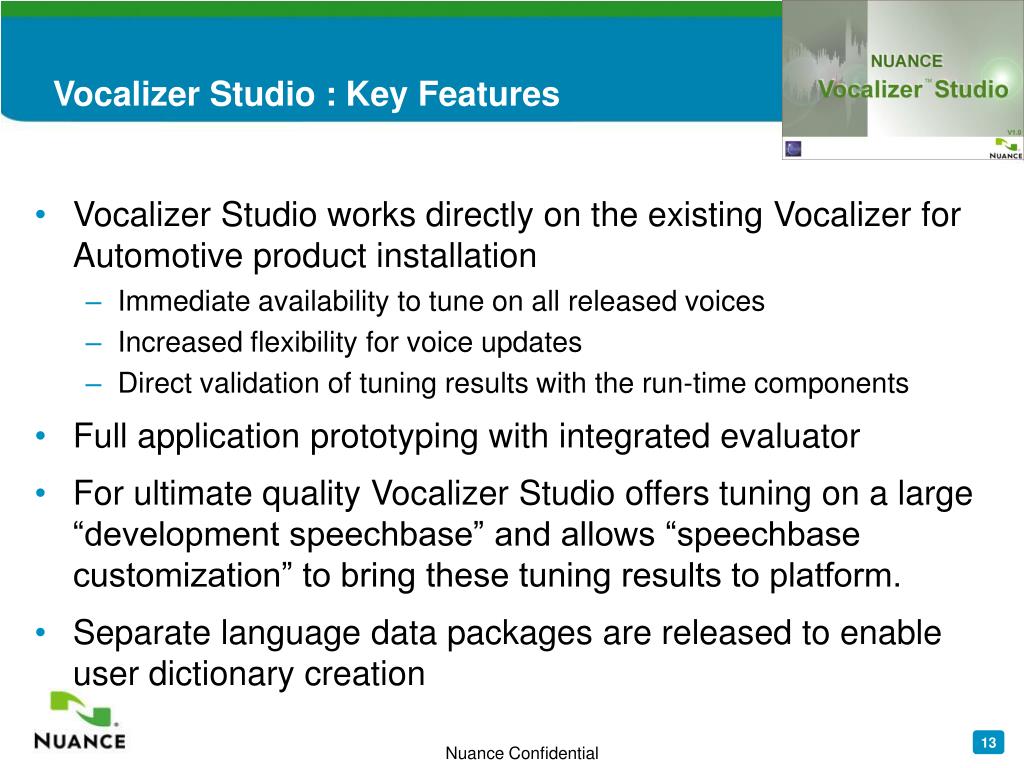
The OK response to the SIP INVITE contains a great deal of information on what requested resources are actually provided, the RTP ports where the application should expect to receive the audio data, and the port (TCP, UDP, or TLS) that the client should connect to for MRCPv2 messages.

I=3DAdd TCP channel, synthesizer and one-way audio In the following requests, the client asks to use the existing connection. In the INVITE message, specify the attribute resource attribute name "speechsynth", as in the following example: This requests the server to create a synthesizer resource control channel to generate speech, and to add a media pipe to send the generated speech. The following example shows TCP port 5060.) The connection is to a port defined by one of the following Speech Server parameters: You can establish one or more sessions on this connection by sending an INVITE message for each new session (telephone call).īefore processing calls, the browser must first open a port on the host using a TCP, TLS, or UDP connection. The browser uses the SIP INVITE method to establish a session with Speech Server.In an active session, the INVITE is not required. If there is no current active session, the browser must establish one. The application responds appropriately for example, by making a database lookup, or requesting that Speech Server play another prompt to the user.Speech Server sends recognition results to the voice browser, which in turn formats the result for the application.If the caller interrupts a prompt (barge-in), Speech Server signals Vocalizer to stop audio playback.The browser plays the audio over the telephony interface to the caller.Alternatively, Speech Server can deliver the audio inside SPEECHDATA messages as described in Delivering prompts via MRCP. Vocalizer delivers an audio stream to Speech Server, which then delivers the audio over an RTP stream to the voice browser.Speech Server sends the prompt text to be synthesized (and/or the recording list to be played) to Vocalizer and sends the recognition request to the recognizer.When the application requests recognition or makes another major call transition (such as initiating a call transfer or a prolonged database lookup), the browser asks Speech Server to play the queued prompts (MRCP SPEAK request), then asks Speech Server to start the recognition (MRCP RECOGNIZE request).The application indicates the initial language, accent, and voice to use for the TTS request, and it can make changes at any time. The voice browser parses the application’s VoiceXML pages, and queues prompts internally.Use the session.xml file to configure the session defaults for all components. The voice browser receives a call and starts the session.The process may vary depending on the telephony features implemented in actual deployment. Here is a simplified speech processing call flow, with an emphasis on the roles of Speech Server, Vocalizer, and the speech application. When Vocalizer is installed on a different host, you must supply its IP address in the Speech Server configuration file, so the Speech Server is able to direct its requests. However, they may instead be installed on separate hosts:

Speech Server and Vocalizer can run on the same host: Vocalizer then communicates to Nuance Vocalizer for Enterprise to perform the request, and sends back the results. In the simplest configuration, the Vocalizer client incorporated in the Speech Server communicates directly with Vocalizer via the NVS protocol. There is no hard limit on the number of languages and voices. A single Speech Server process can handle TTS requests for all the Vocalizer languages and voices installed on the host. Speech Server can reside on any machine on the network, and can serve clients running on any operating system. For details, see Integrating into VoiceXML platforms. The system supports text-to-speech features of the VoiceXML 2.0, MRCP version 1, and MRCP version 2 specifications.

The application uses VoiceXML to communicate with a voice browser, and the browser uses an MRCP client to communicate with Speech Server. When using Vocalizer with Speech Server, Speech Server provides access to recognition and TTS services. Development > Developing with Vocalizer > Using Vocalizer > Using Vocalizer with Speech Server Using Vocalizer with Speech Server


 0 kommentar(er)
0 kommentar(er)
